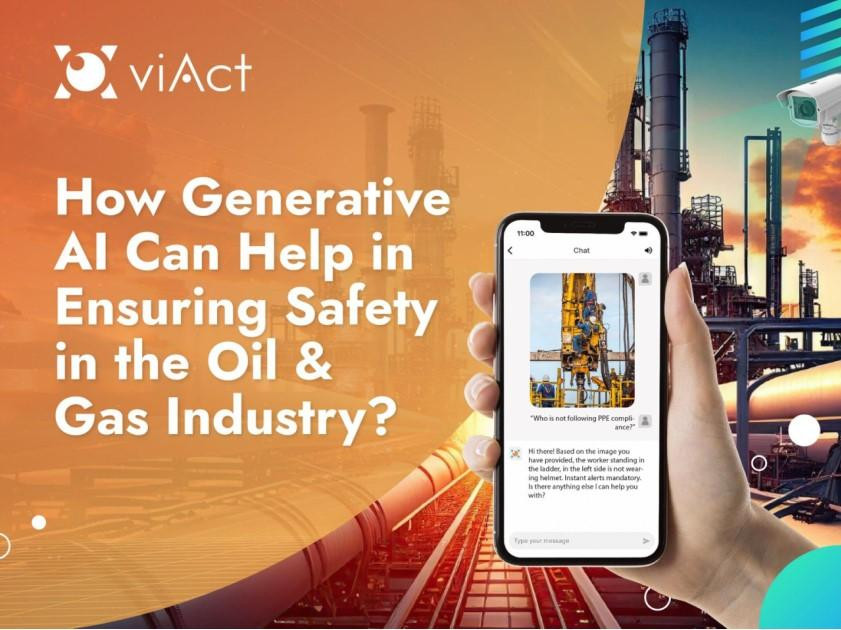In the high-stakes world of oil and gas extraction and processing, the safety of personnel and facilities is paramount. Identifying and mitigating danger zones—areas where hazards like toxic gases, high pressures, or flammable materials pose significant risks—is a critical challenge. Traditional methods of monitoring these zones often fall short in terms of accuracy, real-time responsiveness, and scalability across expansive operational environments. This is where AI-powered Danger Zone Alert Systems are transforming safety protocols, offering unprecedented capabilities in detection and prevention.
Understanding the Unique Challenges in Oil & Gas Danger Zone Detection
In oil and gas safety, traditional methods of danger zone detection encounter numerous challenges. Basic sensor systems often struggle to accurately detect subtle environmental changes crucial for identifying potential risks. Coverage limitations in large and remote facilities hinder scalability. Manual monitoring processes introduce delays in detecting emerging danger zones, increasing accident risks.
Maintenance issues and equipment failures can compromise monitoring reliability. Integrating and interpreting data from diverse sources in real time adds complexity and can delay critical alerts. Human error affects protocol consistency, while regulatory compliance remains a concern. The dynamic nature of oil and gas environments underscores the need for AI-powered systems to effectively address these challenges.
Current Limitations of Traditional Methods
Historically, danger zone detection in oil and gas industries has relied on manual monitoring and basic sensor technologies. While these methods provide foundational safety measures, they often lack the sophistication needed to detect subtle changes or emerging risks promptly. Moreover, the sheer scale of these facilities makes comprehensive monitoring challenging without advanced technological support.
Here are the top limitations in detecting the operations in the oil and gas industry:
1. Accuracy and Sensitivity Issues: Traditional sensor-based systems may not always provide accurate readings or detect subtle changes in environmental conditions that could indicate potential hazards. For example, basic sensors may struggle to differentiate between normal operational fluctuations and critical safety risks.
2. Limited Coverage and Scalability: Oil and gas facilities are often expansive and complex, with numerous operational areas that require monitoring. Traditional methods may have limitations in terms of coverage, especially in remote or hard-to-access locations. Scalability can also be an issue when trying to expand monitoring capabilities across large facilities.
3. Response Time Delays: Manual monitoring processes or systems that rely on periodic checks may result in delays in detecting and responding to emerging danger zone situations. This delay can increase the likelihood of accidents or incidents before appropriate actions can be taken
.
4. Maintenance and Reliability: Traditional systems may require frequent maintenance to ensure reliable operation. Equipment failures or malfunctions could compromise the effectiveness of safety monitoring, leading to gaps in detection capabilities.
The Role of AI in Enhancing Danger Zone Detection
AI technologies, including machine learning algorithms and computer vision, revolutionize danger zone detection by processing data from sensors, cameras, and IoT devices. These systems analyze data patterns, detect anomalies, and predict potential hazards with unprecedented accuracy. By continuously learning from data inputs, AI-powered Danger Zone Alert Systems can distinguish between normal operational variations and critical safety risks.
Improving Accuracy with AI-Powered Systems
AI's ability to handle vast datasets enables more precise identification of danger zones. These systems can detect subtle changes in environmental conditions or equipment behavior that may indicate imminent risks. By reducing false alarms and providing early warnings, AI enhances operational efficiency while prioritizing worker safety.
Enhancing Response Times to Prevent Potential Disasters
Real-time alert systems powered by AI are instrumental in mitigating risks before they escalate into emergencies. Immediate notifications to personnel and automated shutdown procedures can prevent accidents, protect assets, and minimize downtime. This proactive approach not only saves lives but also preserves the integrity of operations in critical oil and gas infrastructures.
Implementing AI-Powered Danger Zone Detection Systems
Deploying AI-powered Danger Zone Alert Systems involves integrating advanced technologies into existing safety frameworks. This includes configuring sensors, establishing data connectivity, and training personnel to interpret AI-generated insights effectively. Scalability and adaptability are key considerations to ensure seamless integration across diverse oil and gas operations.
Future Trends and Innovations in AI for Oil & Gas Safety
Looking ahead, ongoing advancements in AI, IoT, and predictive analytics promise further improvements in danger zone detection capabilities. Future innovations may include enhanced sensor technologies, predictive maintenance algorithms, and AI-driven decision support systems tailored to the specific needs of the oil and gas industries.
Conclusion: Personal Perspective
At viAct, we understand the critical importance of leveraging cutting-edge technologies like our AI-powered Danger Zone Alert System to safeguard oil and gas operations. By enhancing detection accuracy and response times, we empower organizations to prioritize safety without compromising operational efficiency. Our commitment extends beyond technological innovation; it's about fostering a culture where safety is at the forefront of everything we do.
As we continue to innovate and evolve, viAct remains dedicated to partnering with oil and gas companies to enhance safety standards and protect their most valuable assets— their people and infrastructure. Explore how our Danger Zone Alert System can elevate safety protocols in your operations today.
Contact viAct today to learn more about integrating our AI-powered Danger Zone Alert System into your oil and gas operations. Together, let's create safer workplaces and ensure operational resilience in the face of evolving industry challenges.
Visit Our Social Media Links:-
Facebook - viactai
Twitter - aiviact
Instagram - viactai
Youtube - @viactai
Linkedin - viactai
Advancing Construction Field Management Software with Generative AI
Revolutionizing Digital Works Supervision System (DWSS) with Generative AI

No comments:
Post a Comment